Born in Atlanta, Georgia to Reverend Michael King, Sr. and Alberta Williams King on January 15, 1929, King's birth name was Michael King Luther Jr. King is the second of three children. King has one older sister, Willie Christine King Farris, and one younger brother, Alfred Daniel Williams King. They grew up in Sweet Auburn, a neighborhood in Atlanta. Forged strong community bonds of African-Americans was well known there.
King's father became the pastor of Ebenezer Baptist Church in 1931 and was sent many times by the church on trips to Baptist World Alliance (BWA) meetings in 1934. After returning from those trips, Michael King Sr. calling himself Martin Luther King Sr. and his son changed his name on the Birth Certificate to Martin Luther King Jr. in 1957.
King and his siblings were accustomed to reading the Bible since childhood. He memorized some of the verses and hymns in the Bible, even sang them. He also frequently attended church with his mother and gave praise to God while her mother played the piano.
King also knew when his father fought about social inequality and discrimination back then. King admits that his father was a great man when he led the African-American movement on civil rights in the city hall of Atlanta.

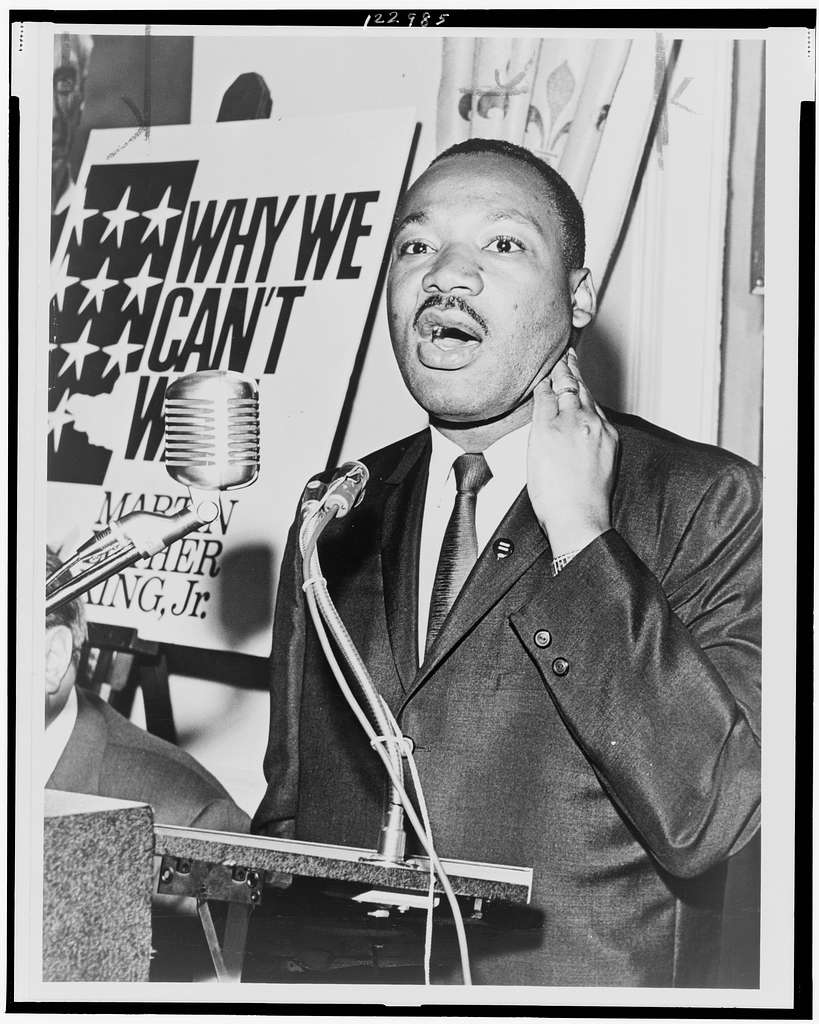

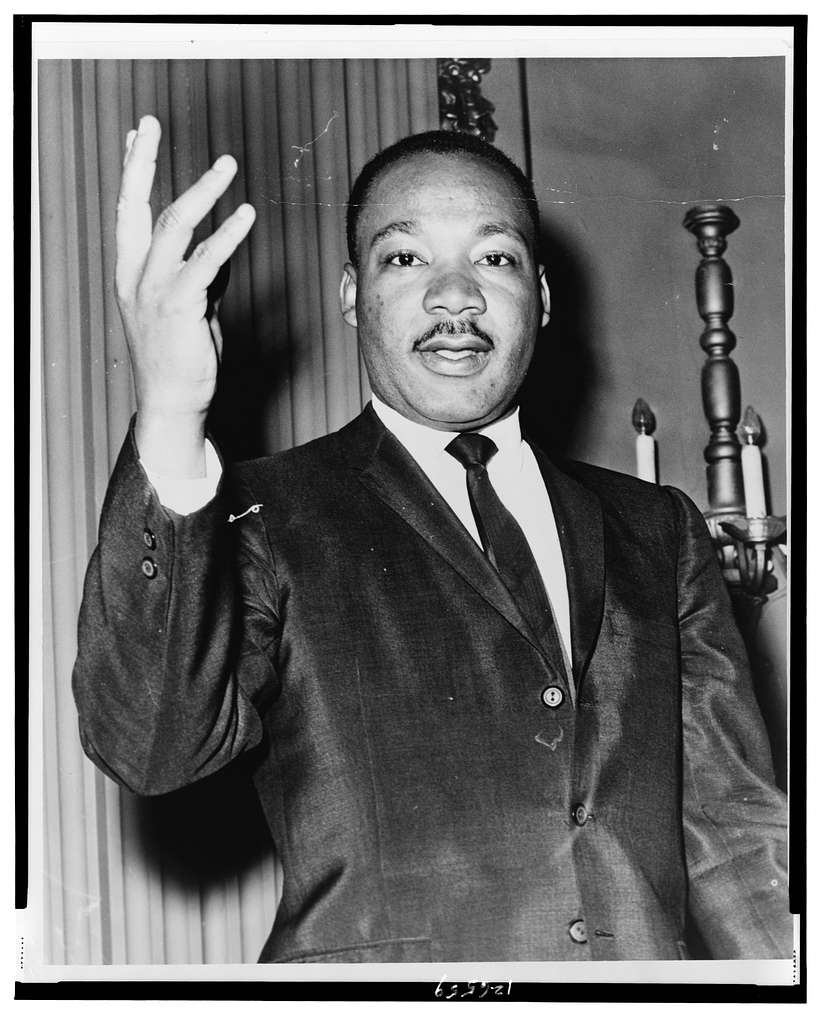
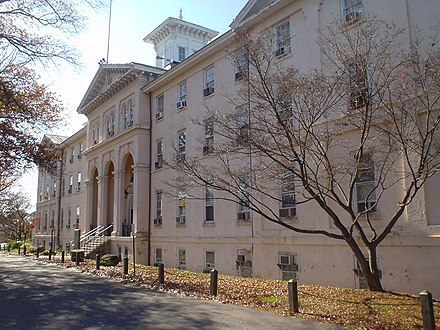
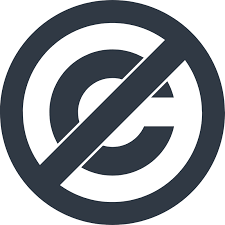
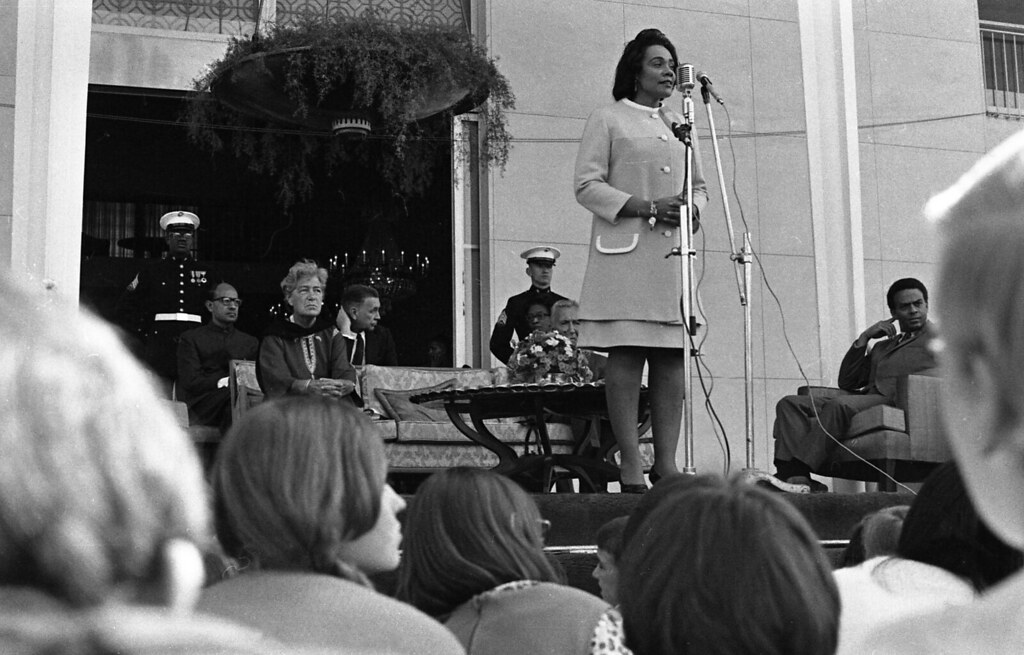
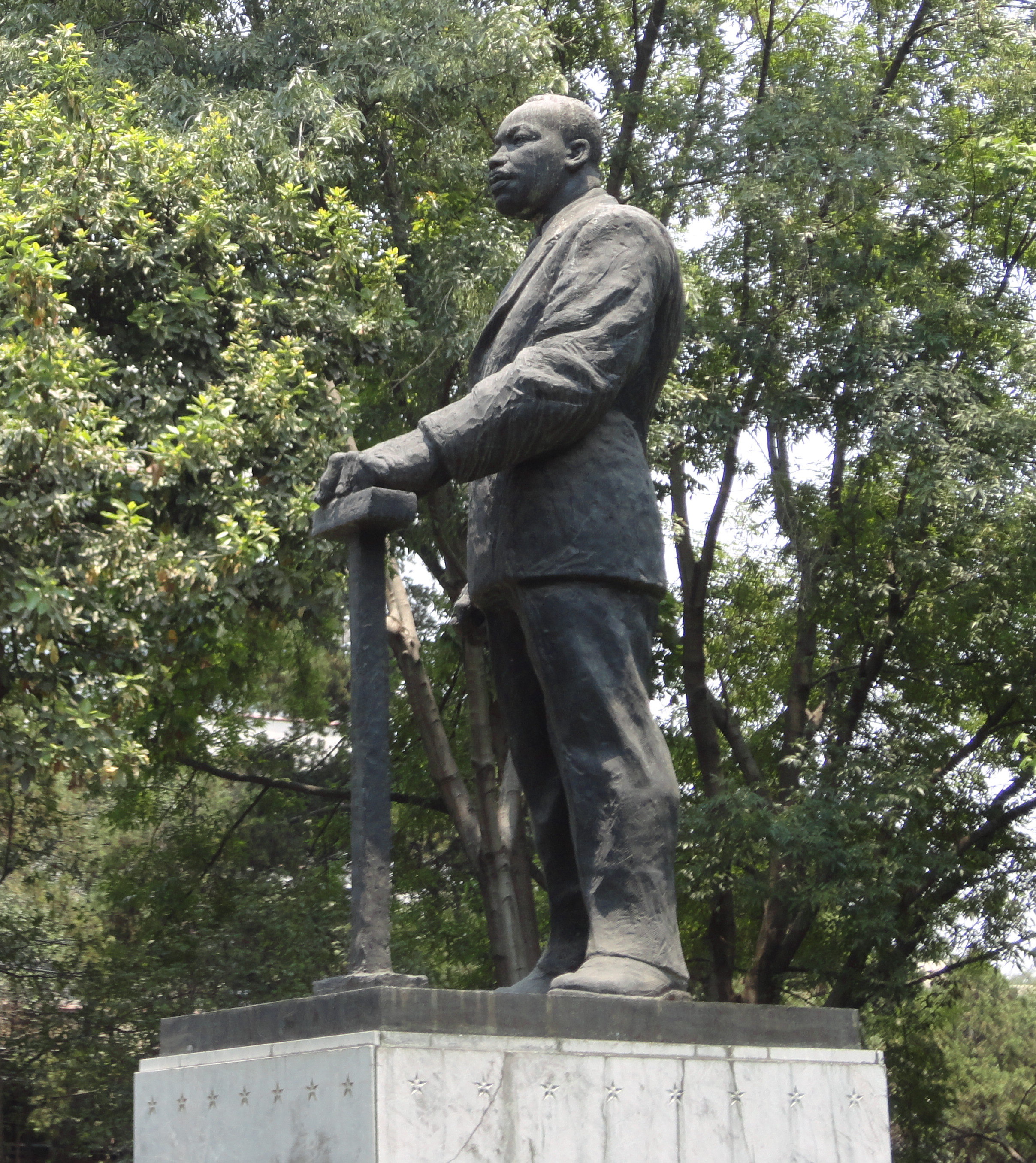
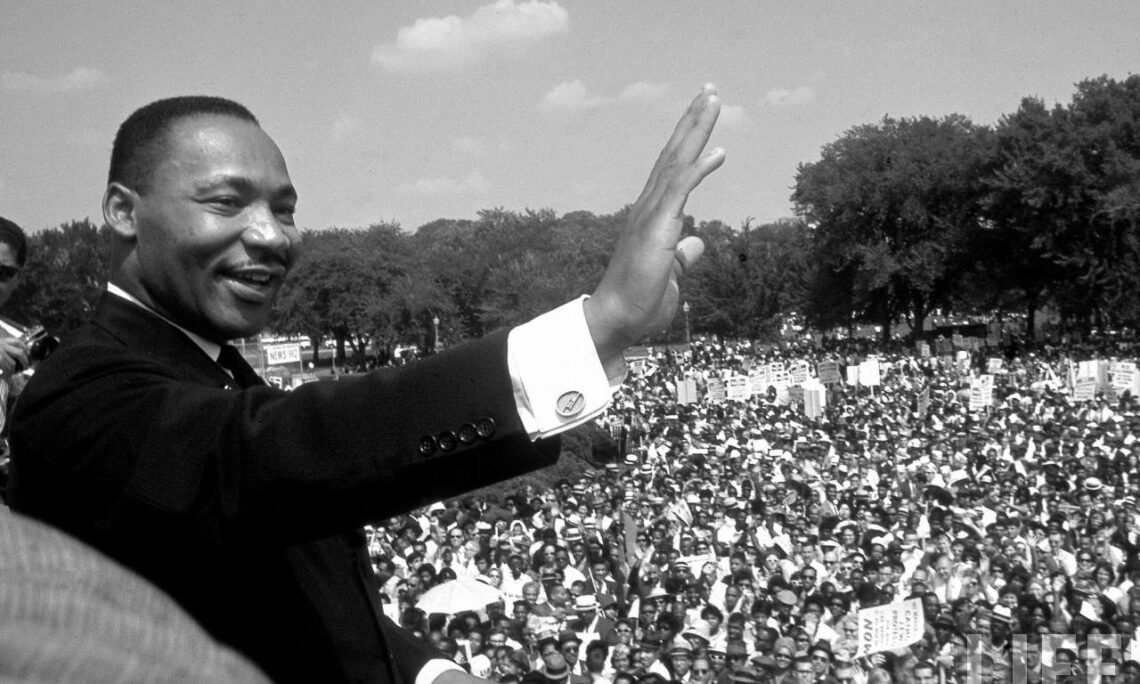
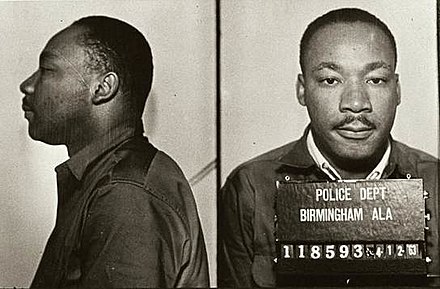
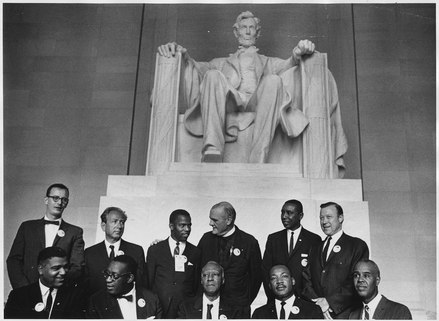
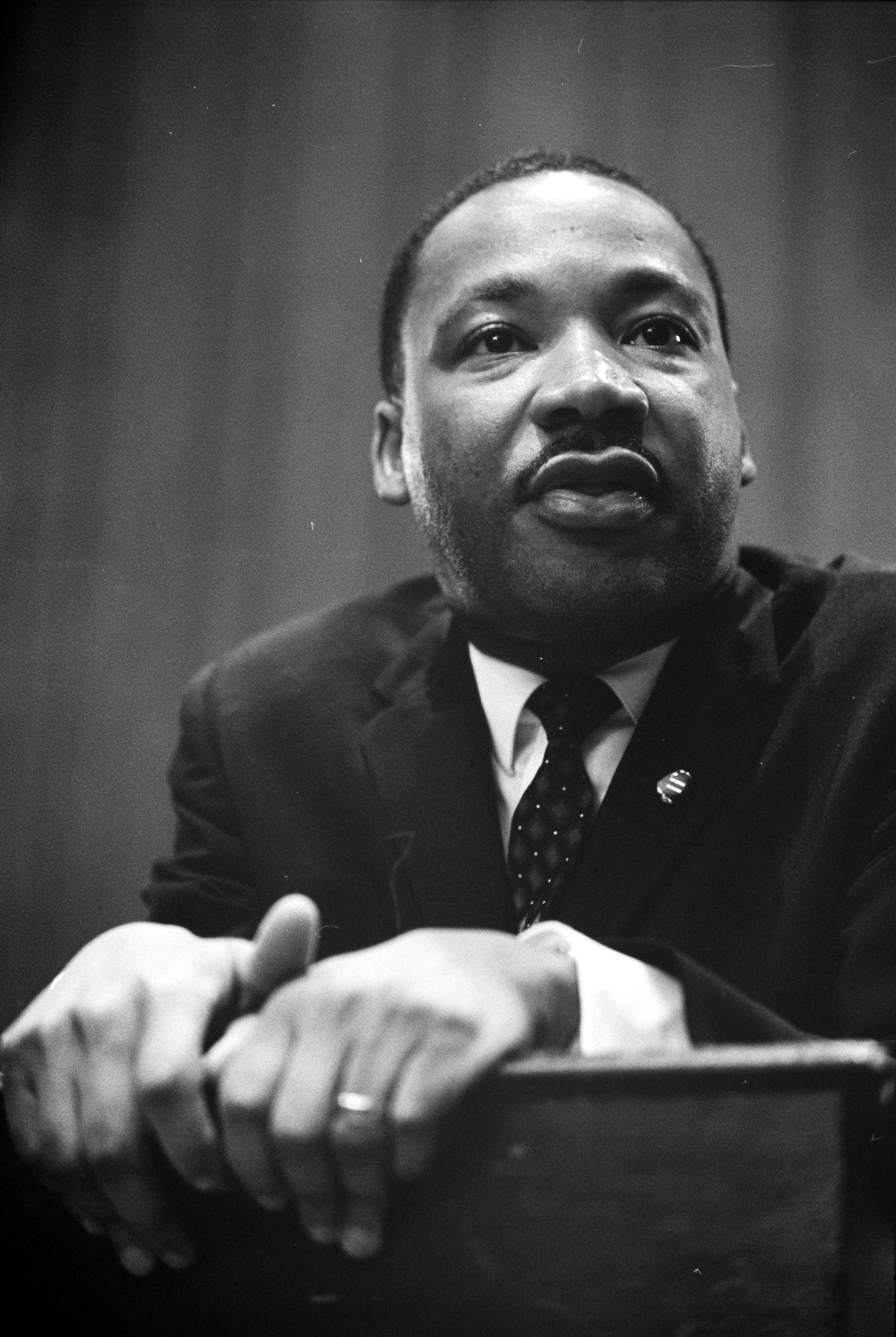
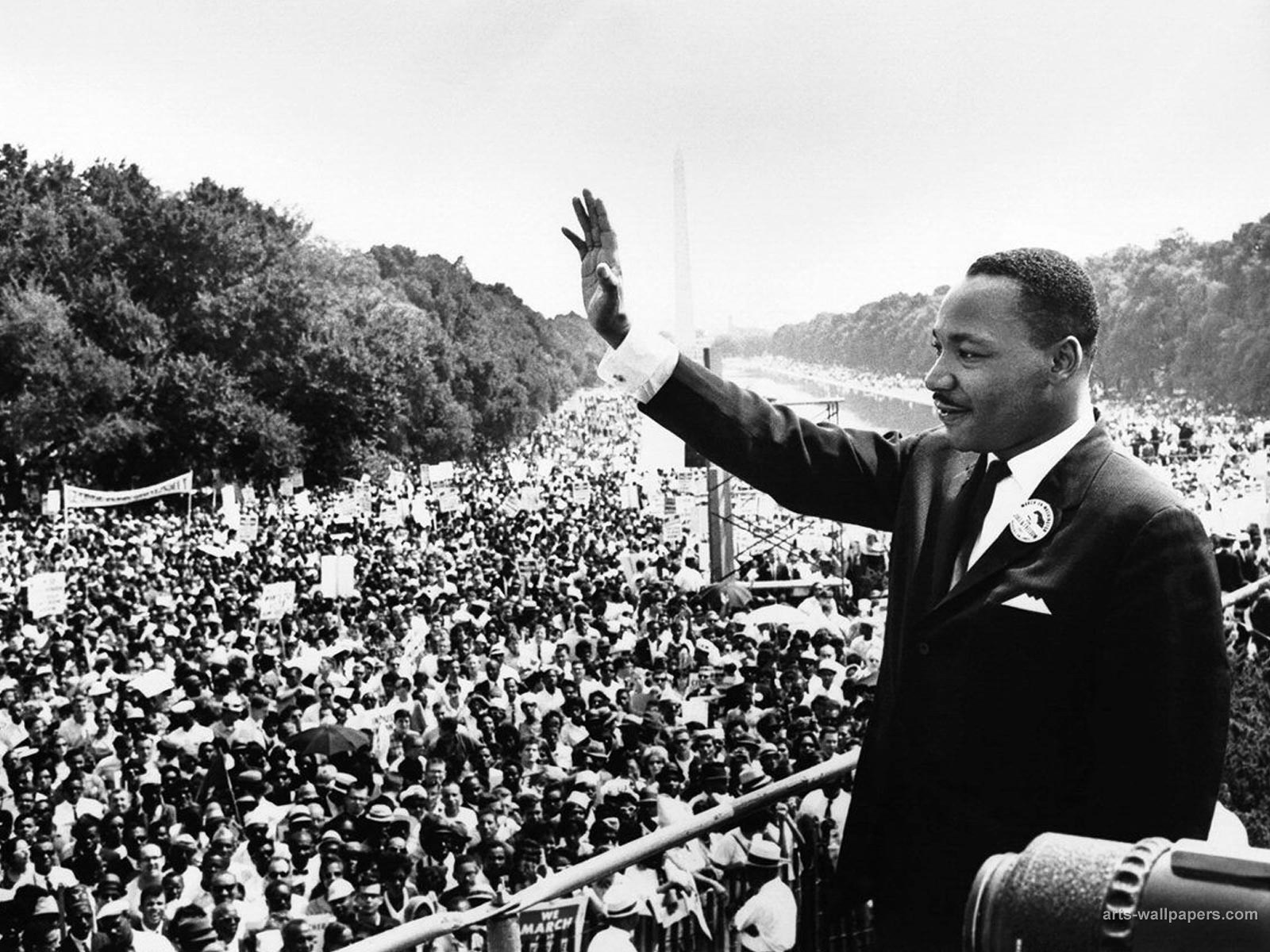
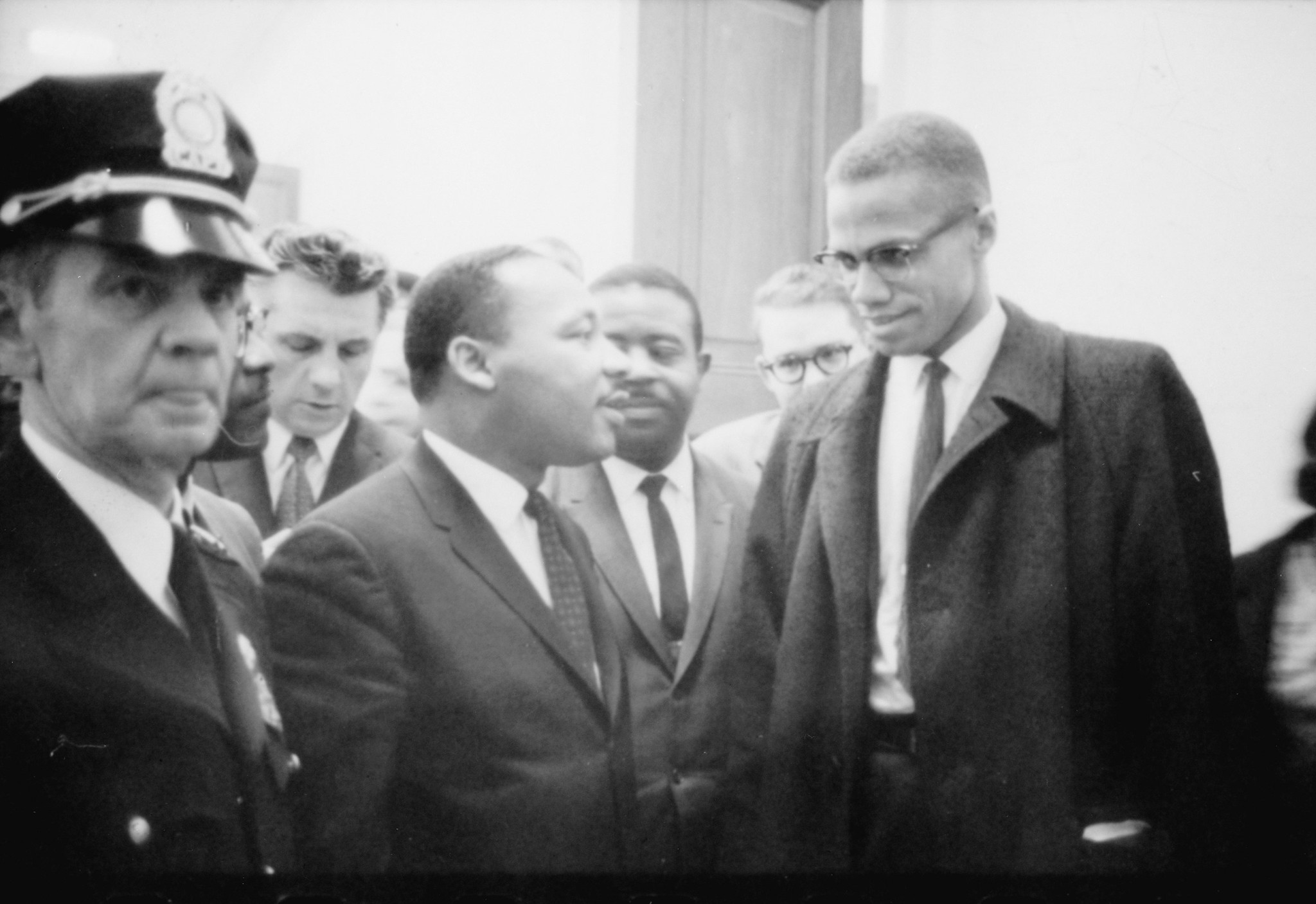
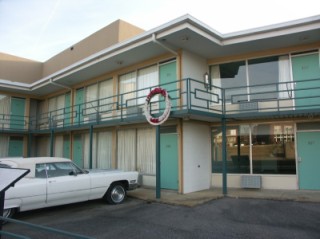

Comments
Links